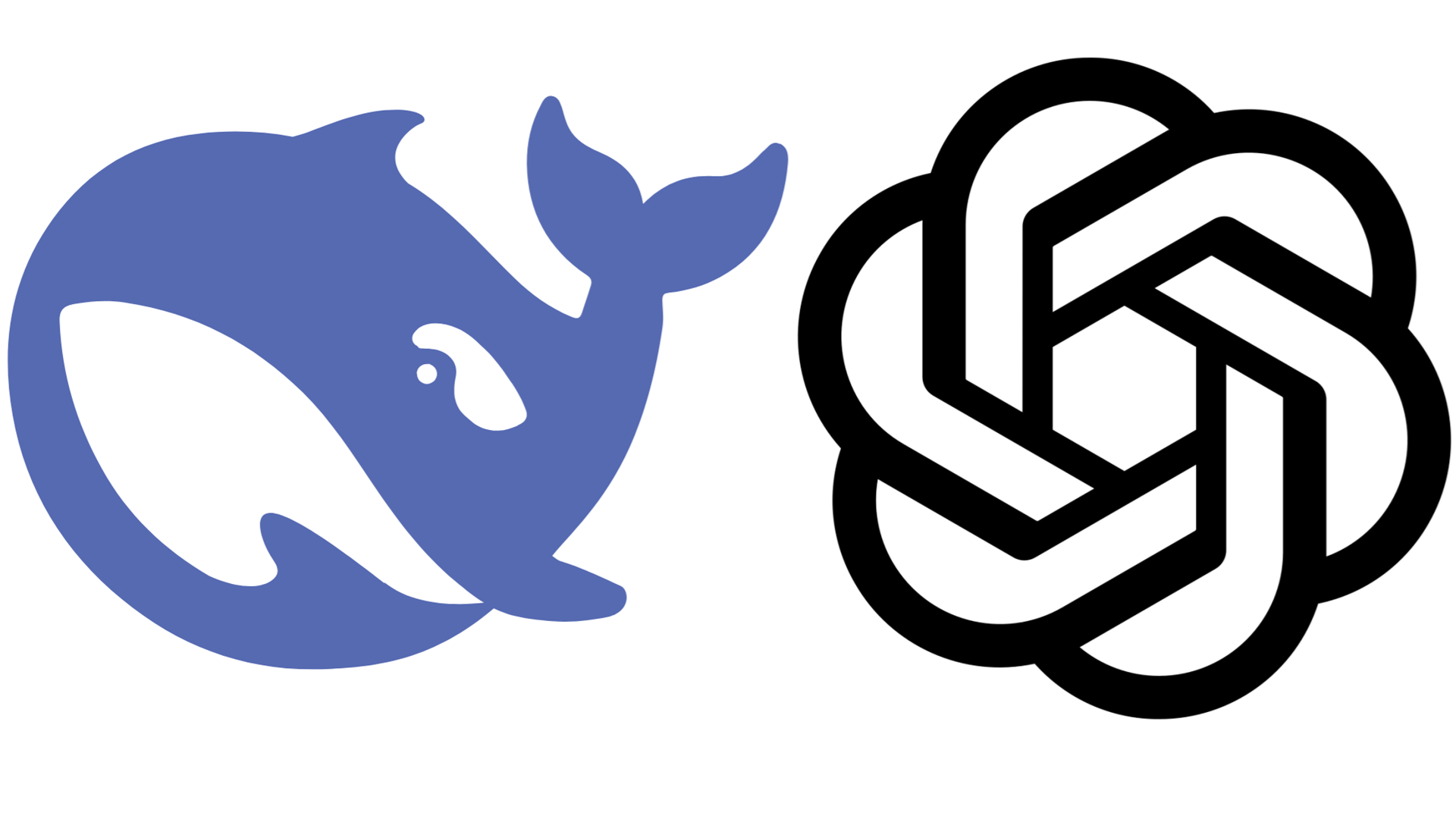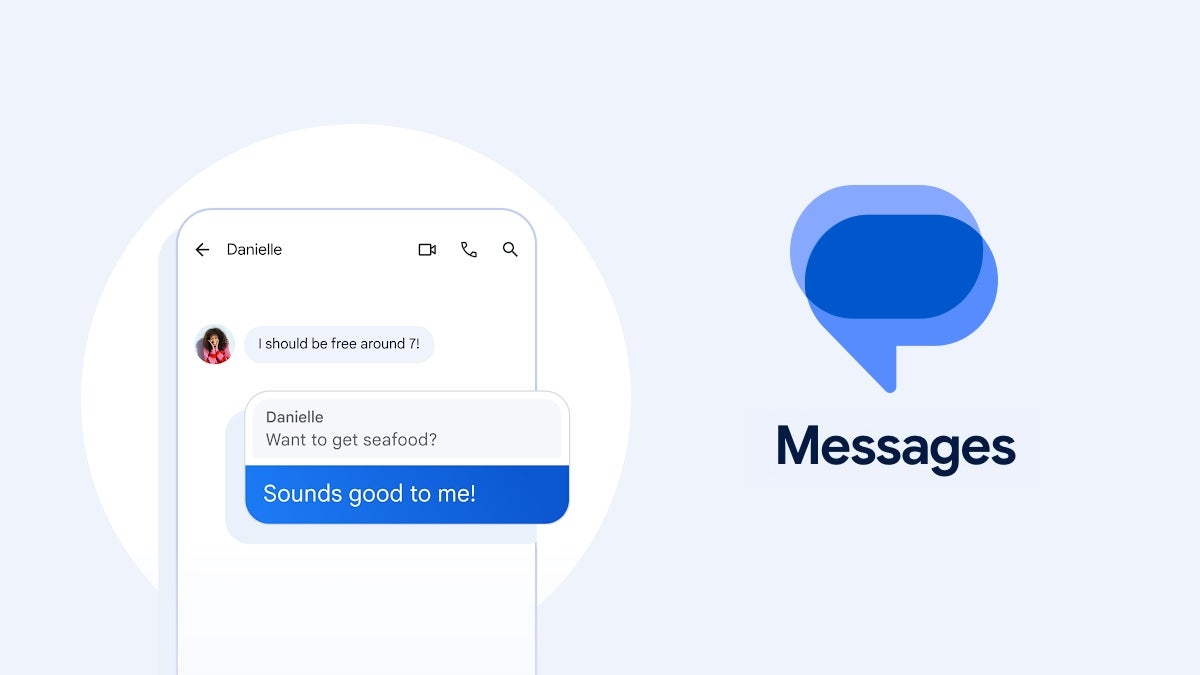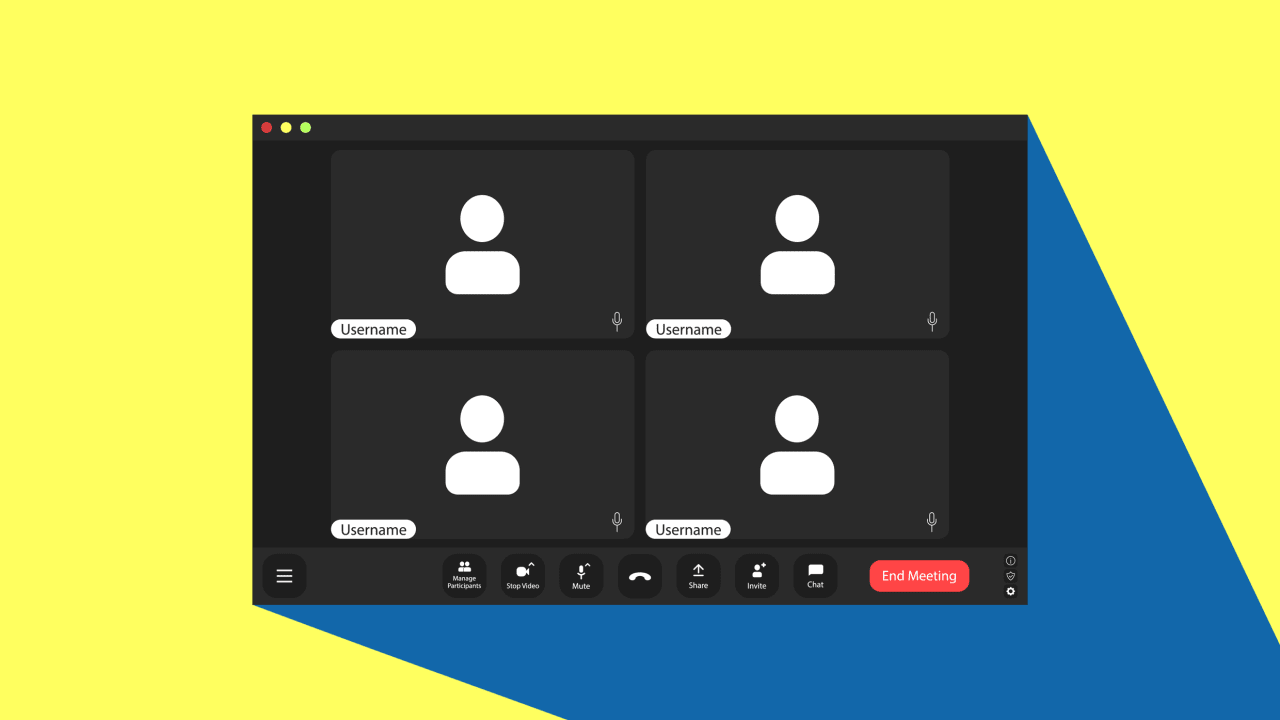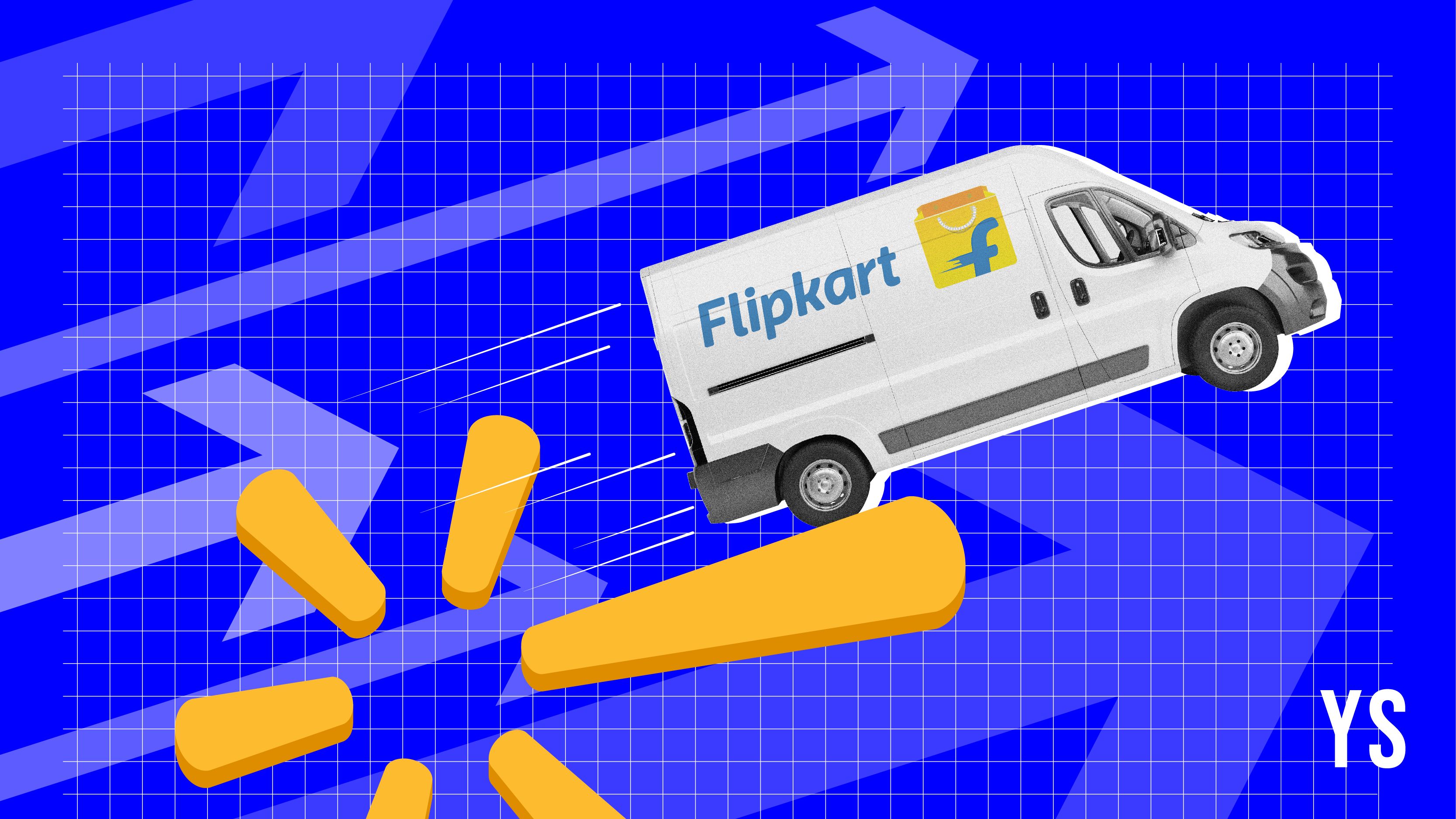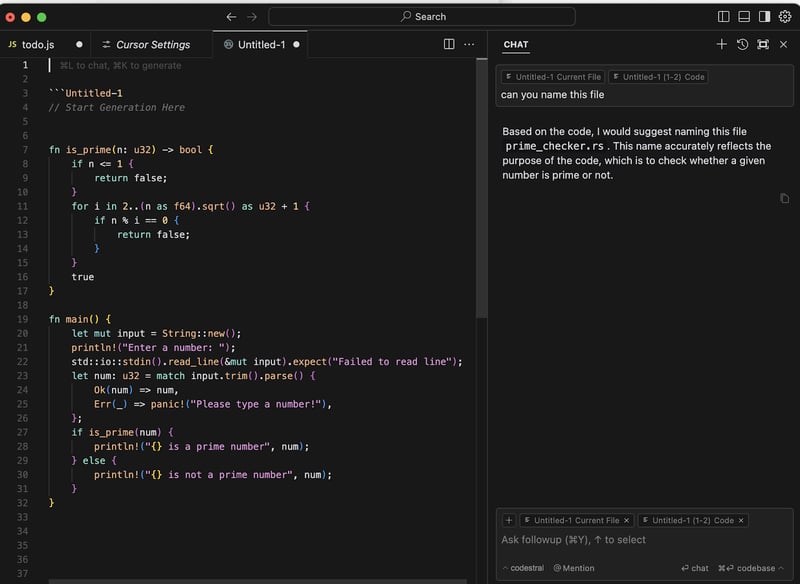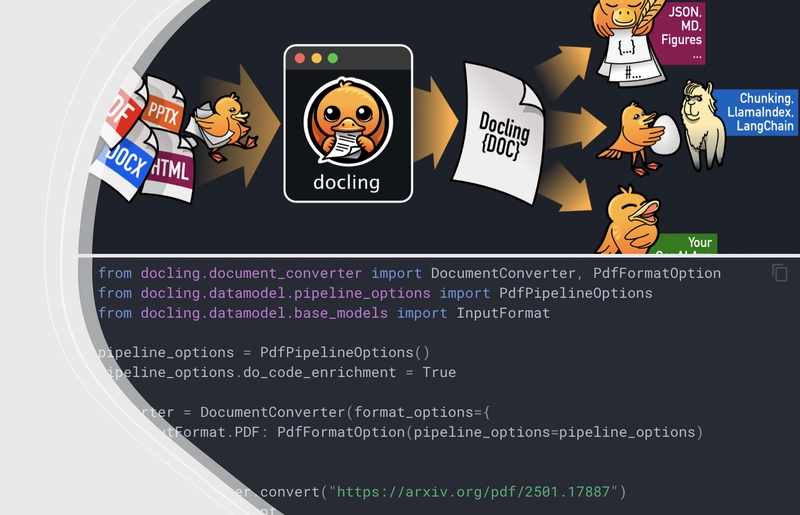Nobody Cares About Your Tech Stack (and That's a Good Thing)
You spent weeks setting up your stack. Clean architecture. Bulletproof backend. Fully typed, thoroughly tested, deployed to the edge. Then someone tries your app and says, "What am I supposed to do here?" And just like that, you're back to square one. This is the painful but necessary realization that hits every engineer who starts building their own product: Nobody cares how you built it. They only care what it does. And if you're transitioning from being a software engineer to a founder or product person this shift is everything. Because until you get it, you're probably building for the wrong audience: yourself. I've been building products for many years, currently UserJot, and this is what I wish I knew when I started. Your Tech Stack Is Mostly Invisible To users, your tech stack is like your plumbing they only notice it when something goes wrong. They don't care if you used Next.js or Rails. They're not inspecting your network tab. They're not digging into your backend repo. They care that your site loads quickly. That it works on mobile. That they understand what it does and why it's useful. Even when devs are your audience, the features still matter more than the stack. Think about the last time you tried a new tool. You weren't impressed that it used Bun. You were impressed that it made your workflow easier. Engineers Love the How Users Only Care About the What As developers, we obsess over how things are made. We love clean implementations, clever patterns, and novel architecture. But users? They're just trying to get something done. They don't reward you for using serverless. They don't give you points for container orchestration. If your UI is confusing, or your form doesn't submit, or the product doesn't clearly solve a problem they're gone. And that's the disconnect. What we see as impressive, they see as irrelevant. The Mental Shift: From Software Engineer to Product Builder This is the real challenge. Not the tech. Not the marketing. The mindset. As engineers, we're trained to be proud of smart solutions. But when you're building a product, nobody sees your code. They only see the results. That's why the transition from builder to founder is so jarring it requires humility. A willingness to let go of ego. A shift from shipping impressive tech to shipping something useful. And unless you're incredibly lucky, you're probably going to get a humbling learning experience that forces this shift. You'll see someone who can barely write code throw up a Notion doc or a no-code app and pull in real revenue while you're still rewriting your data model. You'll wonder what you're doing wrong. But the truth is they weren't trying to be impressive. They were just trying to help someone. Overengineering Kills Momentum It's easy to fall into this trap. You want to "do it right." But in the early stages, doing it "right" often means you never ship. You tell yourself that this custom design system, this caching layer, this fancy event bus it's all laying the foundation. But sometimes, it's just fear. Fear of launching. Fear of feedback. Fear of realizing that no one wants what you've built. And so you hide behind infrastructure. I've done this more times than I can count. I've built systems for scale before I had a single user. I've spent days perfecting the backend when I should've been talking to customers. Every time, I thought I was being smart. But really, I was just avoiding the hard part: validating the product. Clarity Wins. Always. You don't need to be clever. You need to be clear. A product that's easy to understand and solves a real problem will always beat a clever one that doesn't. Users don't read changelogs. They don't explore hidden features. If your product isn't dead simple and obviously useful, they move on. That means: Clear copy Predictable UX Obvious outcomes It's harder than it sounds. Because it means letting go of the desire to be smart and instead, being obsessed with making things simple. Features Spread. Tech Doesn't. Think about what people share with friends or post on Twitter. It's never, "Check out this startup they used HTMX and htmx-alpine-stimulus-tailwind-bun-cloudflare-r2!" It's, "This tool helped me save 2 hours a day." Or, "This app is so simple and clean you have to try it." No one shares a tech stack. They share outcomes. You can build something beautiful behind the scenes. Just don't forget to make it useful up front. Tech Will Matter Later But Not First Yes, your architecture will matter eventually. Once you're scaling. Once you're hiring. Once you're stable. But if you're not solving a real problem, no amount of optimization will save you. You can't refactor your way to product-market fit. You can't out-engineer a lack of demand. You can't optimize your way out of irrelevance. First, get something people care about. Then and only then worry about m

You spent weeks setting up your stack. Clean architecture. Bulletproof backend. Fully typed, thoroughly tested, deployed to the edge.
Then someone tries your app and says,
"What am I supposed to do here?"
And just like that, you're back to square one.
This is the painful but necessary realization that hits every engineer who starts building their own product:
Nobody cares how you built it. They only care what it does.
And if you're transitioning from being a software engineer to a founder or product person this shift is everything. Because until you get it, you're probably building for the wrong audience: yourself.
I've been building products for many years, currently UserJot, and this is what I wish I knew when I started.
Your Tech Stack Is Mostly Invisible
To users, your tech stack is like your plumbing they only notice it when something goes wrong.
They don't care if you used Next.js or Rails. They're not inspecting your network tab. They're not digging into your backend repo.
They care that your site loads quickly. That it works on mobile. That they understand what it does and why it's useful.
Even when devs are your audience, the features still matter more than the stack. Think about the last time you tried a new tool. You weren't impressed that it used Bun. You were impressed that it made your workflow easier.
Engineers Love the How Users Only Care About the What
As developers, we obsess over how things are made. We love clean implementations, clever patterns, and novel architecture.
But users? They're just trying to get something done.
They don't reward you for using serverless. They don't give you points for container orchestration. If your UI is confusing, or your form doesn't submit, or the product doesn't clearly solve a problem they're gone.
And that's the disconnect.
What we see as impressive, they see as irrelevant.
The Mental Shift: From Software Engineer to Product Builder
This is the real challenge. Not the tech. Not the marketing. The mindset.
As engineers, we're trained to be proud of smart solutions. But when you're building a product, nobody sees your code. They only see the results.
That's why the transition from builder to founder is so jarring it requires humility. A willingness to let go of ego. A shift from shipping impressive tech to shipping something useful.
And unless you're incredibly lucky, you're probably going to get a humbling learning experience that forces this shift.
You'll see someone who can barely write code throw up a Notion doc or a no-code app and pull in real revenue while you're still rewriting your data model.
You'll wonder what you're doing wrong.
But the truth is they weren't trying to be impressive.
They were just trying to help someone.
Overengineering Kills Momentum
It's easy to fall into this trap. You want to "do it right."
But in the early stages, doing it "right" often means you never ship.
You tell yourself that this custom design system, this caching layer, this fancy event bus it's all laying the foundation. But sometimes, it's just fear.
Fear of launching. Fear of feedback. Fear of realizing that no one wants what you've built.
And so you hide behind infrastructure.
I've done this more times than I can count. I've built systems for scale before I had a single user. I've spent days perfecting the backend when I should've been talking to customers.
Every time, I thought I was being smart. But really, I was just avoiding the hard part: validating the product.
Clarity Wins. Always.
You don't need to be clever. You need to be clear.
A product that's easy to understand and solves a real problem will always beat a clever one that doesn't.
Users don't read changelogs. They don't explore hidden features. If your product isn't dead simple and obviously useful, they move on.
That means:
- Clear copy
- Predictable UX
- Obvious outcomes
It's harder than it sounds. Because it means letting go of the desire to be smart and instead, being obsessed with making things simple.
Features Spread. Tech Doesn't.
Think about what people share with friends or post on Twitter.
It's never, "Check out this startup they used HTMX and htmx-alpine-stimulus-tailwind-bun-cloudflare-r2!"
It's, "This tool helped me save 2 hours a day."
Or, "This app is so simple and clean you have to try it."
No one shares a tech stack. They share outcomes.
You can build something beautiful behind the scenes. Just don't forget to make it useful up front.
Tech Will Matter Later But Not First
Yes, your architecture will matter eventually.
Once you're scaling. Once you're hiring. Once you're stable.
But if you're not solving a real problem, no amount of optimization will save you.
You can't refactor your way to product-market fit.
You can't out-engineer a lack of demand.
You can't optimize your way out of irrelevance.
First, get something people care about.
Then and only then worry about making it elegant.
Final Thoughts
This was a hard lesson for me to learn.
It took me launching half-baked projects that no one used. It took watching others succeed with scrappier tools and simpler ideas. It took seeing my "perfect" builds go nowhere before I finally realized:
Nobody cares how you built it. They only care what it does.
So build for people. Build for outcomes.
Let go of the need to impress other developers.
There's no gold star for using the fanciest stack.
There's only one reward: people using what you made.
P.S. I've been building UserJot to help makers collect feedback and figure out what actually matters to users. I would love to hear what you think about it :)








































































































































































![[The AI Show Episode 144]: ChatGPT’s New Memory, Shopify CEO’s Leaked “AI First” Memo, Google Cloud Next Releases, o3 and o4-mini Coming Soon & Llama 4’s Rocky Launch](https://www.marketingaiinstitute.com/hubfs/ep%20144%20cover.png)


















































































































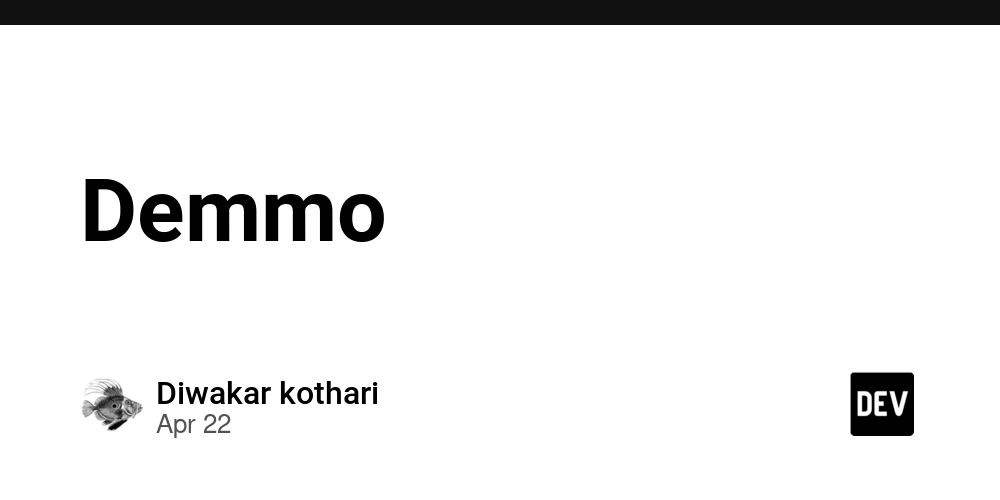

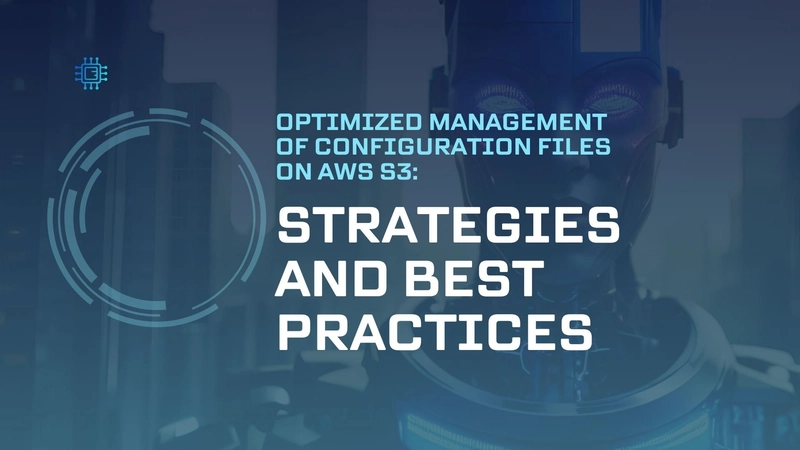















![From fast food worker to cybersecurity engineer with Tae'lur Alexis [Podcast #169]](https://cdn.hashnode.com/res/hashnode/image/upload/v1745242807605/8a6cf71c-144f-4c91-9532-62d7c92c0f65.png?#)























![BPMN-procesmodellering [closed]](https://i.sstatic.net/l7l8q49F.png)



















































































.jpg?#)
.jpg?#)




























































































































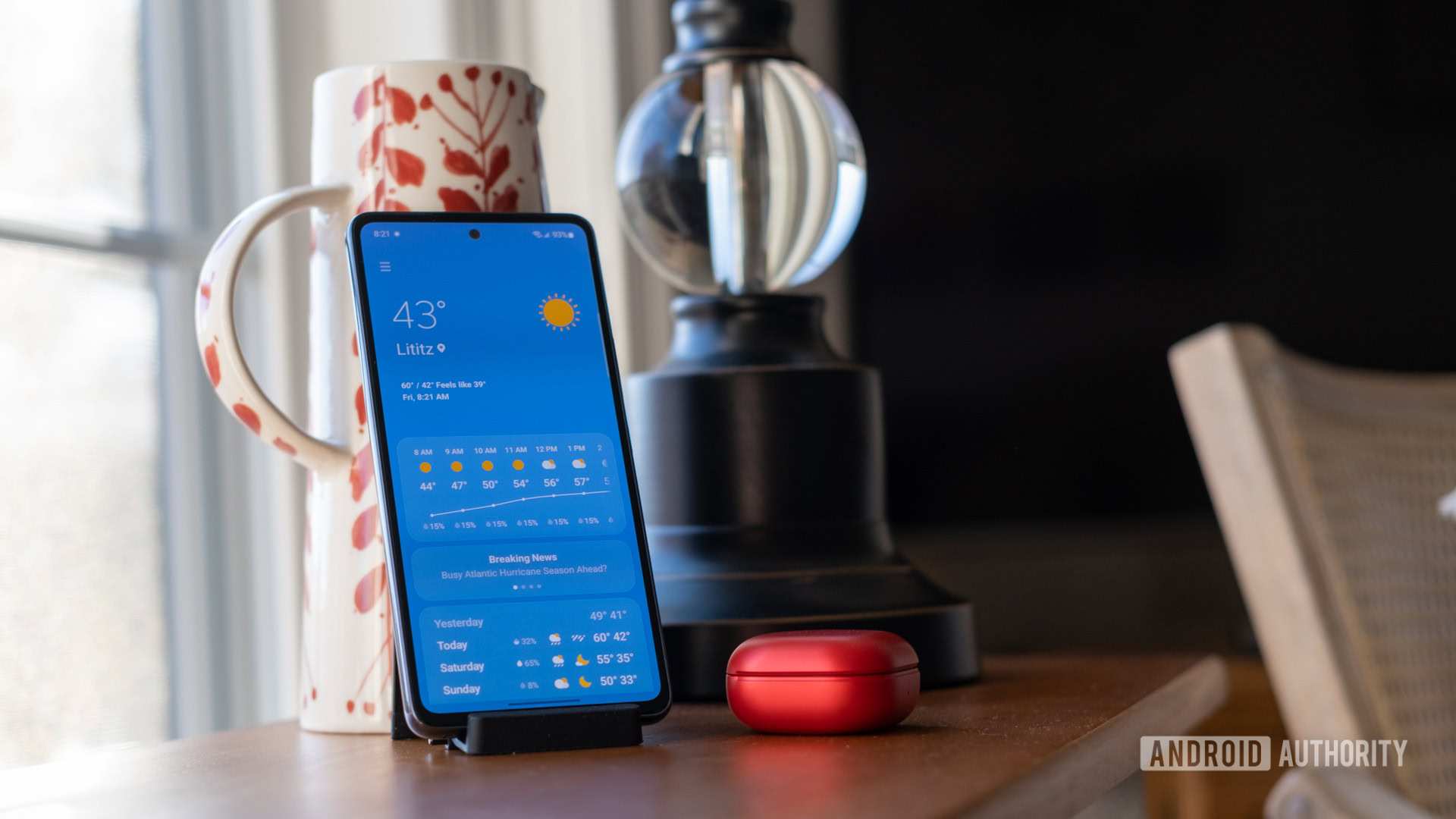



![CarPlay app with web browser for streaming video hits App Store [U]](https://i0.wp.com/9to5mac.com/wp-content/uploads/sites/6/2024/11/carplay-apple.jpeg?resize=1200%2C628&quality=82&strip=all&ssl=1)

![What’s new in Android’s April 2025 Google System Updates [U: 4/21]](https://i0.wp.com/9to5google.com/wp-content/uploads/sites/4/2025/01/google-play-services-3.jpg?resize=1200%2C628&quality=82&strip=all&ssl=1)











![Apple Releases iOS 18.5 Beta 3 and iPadOS 18.5 Beta 3 [Download]](https://www.iclarified.com/images/news/97076/97076/97076-640.jpg)
![Apple Seeds visionOS 2.5 Beta 3 to Developers [Download]](https://www.iclarified.com/images/news/97077/97077/97077-640.jpg)
![Apple Seeds tvOS 18.5 Beta 3 to Developers [Download]](https://www.iclarified.com/images/news/97078/97078/97078-640.jpg)
![Apple Seeds watchOS 11.5 Beta 3 to Developers [Download]](https://www.iclarified.com/images/news/97079/97079/97079-640.jpg)



















